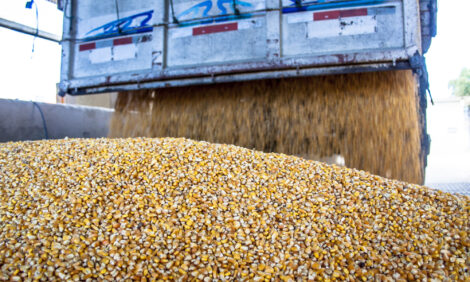



Producers Encouraged to Submit Swine Dysentery Samples
CANADA - A researcher with the Western College of Veterinary Medicine is encouraging swine producers who encounter symptoms of swine dysentery to submit samples for diagnosis, writes Bruce Cochrane.Brachyspira, the bacteria that causes swine dysentery, is transmitted through manure via several different vectors.
Dr John Harding, an associate professor with the Western College of Veterinary Medicine in Saskatoon, says swine dysentery had been thought to have been eradicated but it has once again surfaced.
Dr John Harding-Western College of Veterinary Medicine
Swine dysentery or bloody diarrhea has re-emerged in North America and that's happened over the last three years in Canada and perhaps five to seven years in the US so that in itself is a very serious disease with economic consequences so, from a producer perspective, improving biosecurity to prevent contaminated manure from coming into contact with pigs is incredibly important.
If diarrhea in grow-finish pigs is seen, and we typically see this within three weeks of placement into the grow-finish barn but it could be anywhere through the grow-finish facility, if diarrhea or more specifically mucoid or bloody diarrhea is seen and it can be sporadic or it can be very prevalent then appropriate diagnostics need to be done.
There are no vaccines available at the present time but there are a number of medications that can be used strategically to reduce losses associated with swine dysentery or bloody diarrhea in general.
There are a number of species to be identified, there are some other causes unrelated to Brachyspira that can be diagnosed, but it's important to get diagnostics done.
Dr Harding notes the Western College of Veterinary Medicine and Prairie Diagnostic Services have joined together to offer a well-established protocol for diagnosis and would welcome submissions of samples.
He says the goal is to diagnose every case received and so far species have been identified with all of the cases looked at.
Further ReadingFind out more information on swine dysentery by clicking here. |







